NASA and the space industry are in agreement: if we want to establish a permanent human presence on the moon, we’ll need to make use of every native resource we can — and none are as important as water ice.
Starpath Robotics is one of a handful of startups planning for this future. The startup is betting that there will be a thriving market for liquid oxygen (LOX) refined from lunar water ice, and that harvesting this resource will be key to humanity’s expansion throughout the solar system. LOX is a crucial component of propellant for some vehicles like rockets and spacecraft like lunar landers, and its used as the oxidizer alongside a combustible fuel such as hydrogen, kerosene, or methane.
The company came out of stealth last September with an ambitious water harvesting architecture, involving mining rovers, refineries and LOX storage systems. Starpath wants to launch a demo mission “as quickly as we possibly can,” CEO Saurav Shroff said in a recent interview. To ensure the hardware will be ready whenever a launch vehicle is available, the company announced today that it has closed a $12 million seed round, co-led by 8VC and Fusion Fund, with participation from Day One Ventures, Balerion Space, and Indicator Ventures. The new funding brings the total capital raised to date to over $14.5 million.
Much of the architecture has remained the same since Starpath originally unveiled its plans last year: essentially, the company wants to use fleets of mining rovers that dig up hundreds of tons of lunar dirt and return it to autonomous lunar processing plans that extract the water, splits those molecules into their constituent atoms, and then liquifies the oxygen. The entire system would be powered by a massive solar array that’s being designed in collaboration with space solar startup Solestial.
There are some changes, however. Shroff said the 10-person team has made improvements on the mining rover hardware such that it will take far fewer rovers to produce a 1,000-ton annual harvesting scale (the company originally estimated it would take 50 rovers to hit that rate). Rover development also got a boost with $800,000 in NASA grants, as part of the space agency’s Break the Ice challenge to private industry. There is still no doubt much to develop, including the solar array and refineries, but with the basic architecture is essentially planned out. With that in place, the company’s been turning its attention to the final interaction between its hardware and the customer’s vehicle.
Figuring this out means solving a few problems, namely how to transport the LOX to the vehicle, which could be some distance away. The other problem, of course, is how to actually load the vehicle with the product.
For the first issue, Shroff says the company is simply configuring its dirt-hauling rover to carry pressurized cryogenic propellant tanks instead. For the second, while he declined to go into specifics, he said the rover would be equipped with a specialized refueling instrument, that in all likelihood will be designed on a customer-by-customer basis.
As of right now, there are few prospective customers for lunar LOX, but those that are planning moon missions could prove to be prolific buyers. Both SpaceX and Blue Origin have contracts with NASA to land on the moon before the end of the decade; Shroff estimates that Starship would consume around 100-300 tons of oxygen on the moon per flight, and something like Blue Origin’s Blue Moon would consume tens of tons of oxygen per flight.
Given that Starpath is aiming to produce around 1,000 tons of LOX per year, regular Starship flights to and from the lunar surface alone could be enough demand to support this production capacity. At that rate, Shroff says, any operator would be able to fly a vehicle to the moon and trust they will be able to refuel it while they’re there.
By the end of this year, the company is aiming to conduct an end-to-end, full-scale demonstration of its system in a simulated lunar environment, which they’ll build out at their 12,000-square-foot premises. After that, they’ll embark on a series of test campaigns before launching their first demonstration mission. The goal for that first mission is to harvest the equivalent of around 100 tons of liquid oxygen per year. It’s incredibly ambitious: scientists have confirmed that water ice is on the moon, but no government or company has ever harvested it, let alone refined it in-situ.
Starpath is currently at ten full-time employees, and the new capital will primarily go toward doubling or even tripling that number at a fast pace. The payoff for getting this technology online could be enormous, the company is betting, with the moon just the first stepping stone to expansion through the solar system. Starpath already has its eyes on developing processing plans and rover harvesting fleets for Mars, which would be augmented from their lunar counterparts, to convert CO2 in the Martian atmosphere into methane.
“Life can be multiplanetary in a very short period of time,” Shroff said. “If you make 1000 tons of liquid oxygen on the moon, your path to making a million-person city on Mars is hard, but it’s now possible.”
Source : Techcrunch






